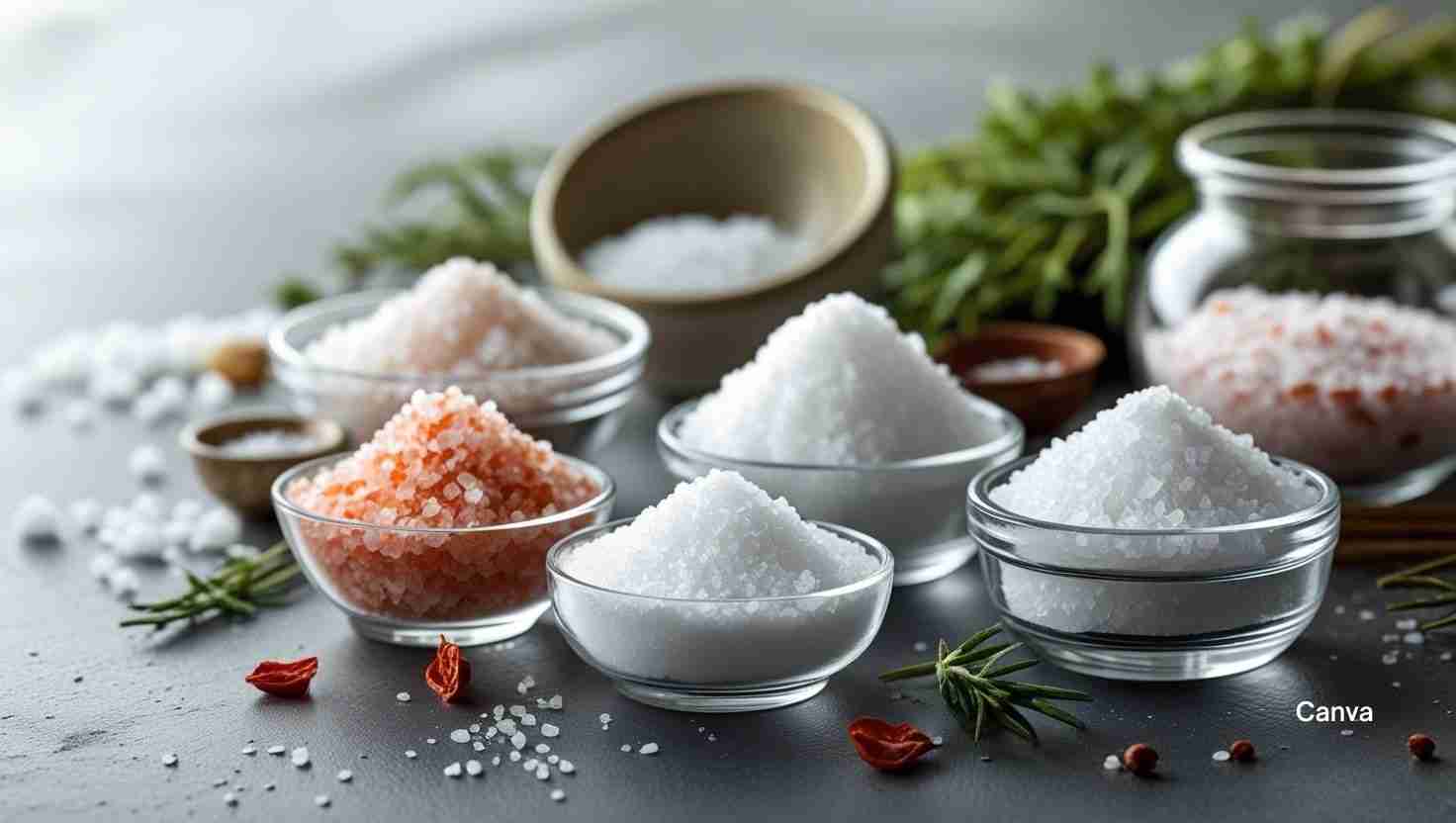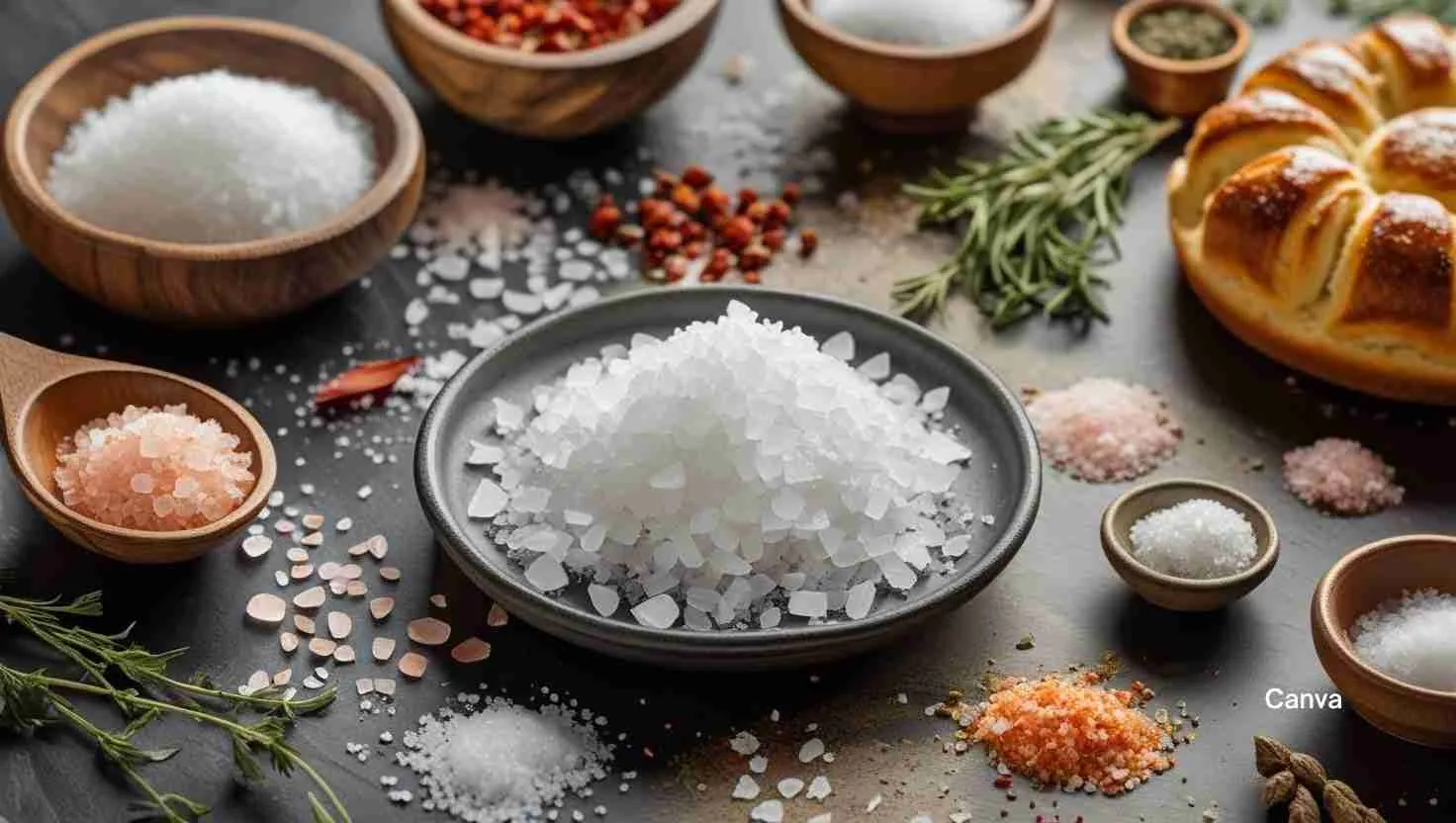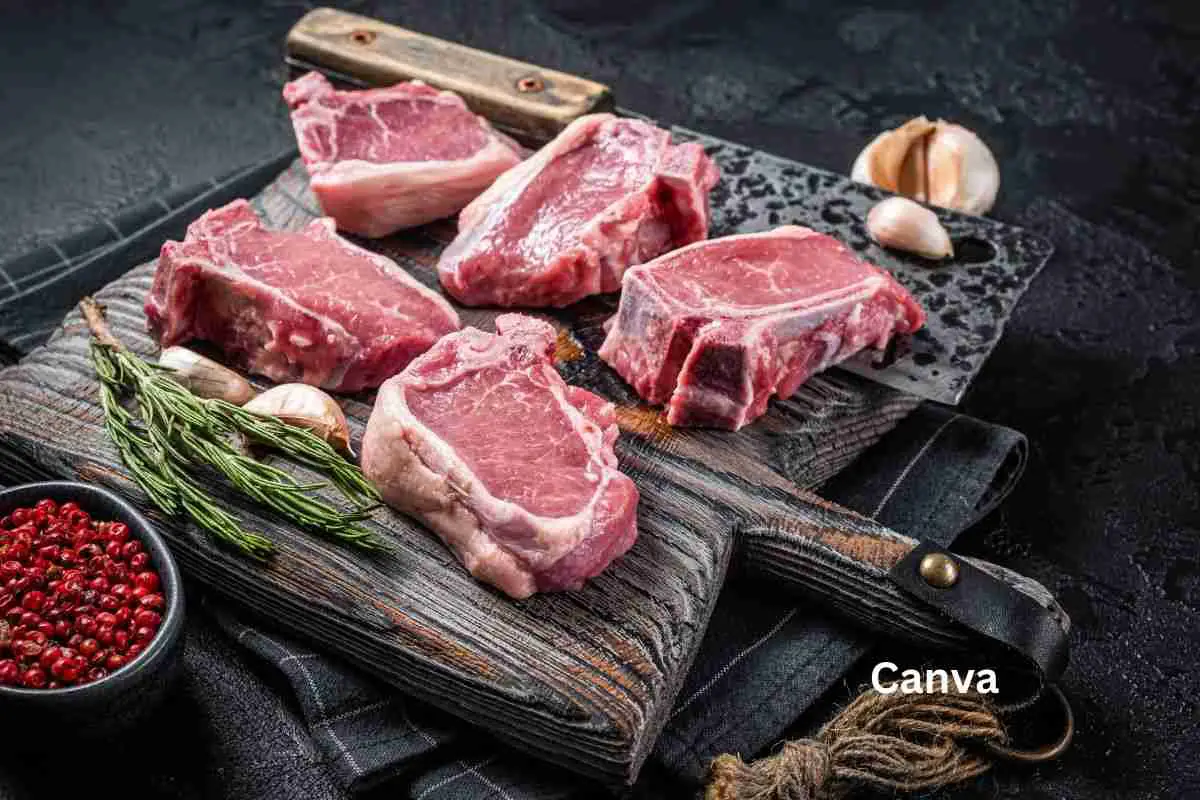Salt 101: How to Choose the Best Salt for Cooking and Flavoring
Salt: it’s that simple white stuff that sits on the table, right? Nope. Not even close.
Salt is so much more than just a seasoning — it’s the silent superstar of the kitchen. It draws out flavor, transforms texture, and makes everything from soups to cookies taste just right. But here’s the kicker: not all salt is created equal.
In this guide, we’re diving deep into the salty seas (pun very intended) to explore the types of salt, when to use them, why it matters, and how to pick the right one for your recipes — whether you’re searing a steak or finishing a salad.

Understanding Different Types of Salt and Their Uses
Salt comes in various forms, each with its own unique characteristics and culinary applications. Some are everyday staples; others are a little bougie and best saved for the final flourish.
Let’s break them down:
1. Table Salt
- What it is: The classic fine-grain salt found in most kitchens, often iodized.
- Best for: Baking, salting water, general seasoning
- Flavor: Strong, sometimes metallic
- Good to know: Because of its fine texture, it dissolves quickly and evenly, making it great for precise baking.
2. Sea Salt
- What it is: Harvested from evaporated seawater, it comes in coarse or fine textures and contains trace minerals.
- Best for: Finishing, roasting, grilling
- Flavor: Mild, slightly briny depending on origin
- Pro tip: Go for unrefined varieties to enjoy those natural minerals.
3. Kosher Salt
- What it is: Large flakes, no additives. It’s called “kosher” not because it’s blessed, but because it’s traditionally used to kosher meat.
- Best for: Brining, seasoning meat and veggies
- Flavor: Clean and subtle
- Why chefs love it: The texture makes it easy to grab a pinch and control seasoning without overdoing it.
4. Himalayan Pink Salt
- What it is: Rock salt mined from ancient sea beds in the Himalayas. It’s pretty and packed with minerals like magnesium and calcium.
- Best for: Finishing, grilled meats, visual presentation
- Flavor: Mild, earthy
- Worth noting: Looks great on Instagram and can be used in salt blocks for cooking.
5. Fleur de Sel
- What it is: A rare, flaky sea salt collected by hand from salt ponds in France. (Fancy, huh?)
- Best for: Finishing desserts, fresh tomatoes, steaks
- Texture: Light, flaky, melt-in-your-mouth
- Flavor: Delicate, with subtle mineral notes
- Pro move: Sprinkle it on chocolate or caramel for an elevated treat.
6. Specialty Salts (Bonus Round!)
- Smoked Salt: Adds a smoky flavor to meats and even popcorn.
- Herb or Garlic Salt: Great for seasoning without extra steps — check out Noubess Garlic & Herbs Seasoning.
- Low-Sodium or Mineral Salts: Great alternatives for those watching their sodium intake.

The Role of Salt in Enhancing Flavor Profiles
Let’s be real — salt is the ultimate flavor elevator. It’s not just about adding saltiness. Salt:
- Suppresses bitterness and allows sweetness to shine (especially in chocolate, tomatoes, and fruits).
- Boosts savory umami flavors in meats and stews.
- Helps textures by drawing out water in veggies, making them crispier, or tenderizing meats.
Used wisely, salt should make your food taste like itself — but better. Not salty. Just delicious.
Health Considerations: Sodium Intake and Smarter Seasoning
We love salt, but let’s not ignore the elephant in the kitchen: too much sodium = health issues.
Excessive salt intake is linked to:
- High blood pressure
- Cardiovascular problems
- Water retention
But don’t panic — salt is still essential. Just be smart about it:
- Skip the overly salty processed foods.
- Use salt-free seasoning blends (like these from Noubess) to keep flavors bold and sodium low.
- Add herbs, spices, citrus, and vinegar to punch up dishes without going heavy on salt.
- Consider low-sodium salt alternatives if needed for medical or dietary reasons.
Remember, cooking from scratch gives you control over what goes in your food, so wield your salt power wisely.
Tips for Choosing the Best Salt for Cooking Specific Recipes
Think of salt like shoes — you don’t wear flip-flops to a wedding, and you don’t finish a filet mignon with iodized table salt.
Here’s how to pair salt with your dishes:
| Dish Type | Best Salt Type | Why |
|---|---|---|
| Baking | Fine sea salt or table salt | Dissolves evenly in batters and dough |
| Grilling/BBQ | Kosher salt | Sticks well to meat and seasons evenly |
| Roasting Veggies | Sea salt or kosher | Adds crunch and boosts flavor |
| Finishing Dishes | Fleur de sel, Maldon | Adds texture and a clean pop of flavor |
| Soups and Stews | Kosher salt | Easily adjustable and dissolves well |
Pro Tips:
- Salt in layers — not all at once.
- Taste as you go — trust your tongue.
- Match the grain size to the cooking method: coarse for crusts, fine for delicate sauces.
Caribbean Cooking: The Real MVPs Are Sea Salt and Coarse Salt
In Caribbean kitchens, salt isn’t just seasoning — it’s tradition, technique, and even cleaning agent. While many types of salt are gaining popularity worldwide, in Caribbean cuisine, sea salt and coarse salt have always been the go-to stars for cooking.
Sea Salt & Coarse Salt: The Flavors of the Islands
Sea salt, often harvested locally or regionally, brings a pure, mineral-rich taste that complements the bold, vibrant flavors of Caribbean dishes — think jerk chicken, fish escovitch, or a bubbling pot of callaloo. Its coarse texture makes it perfect for seasoning meats and vegetables during prep, especially when using rubs or marinades.
Coarse salt, especially the chunky kind sold in big bags in local markets, is ideal for:
- Marinating meat and fish
- Boiling provisions like green bananas, plantains, and yams
- Pickling and preserving
It’s a staple, not a trend.
Table Salt: The Cleaning Crew
Interestingly, table salt isn’t always used for cooking in Caribbean households. Many people prefer using it for:
- Cleaning meat and poultry (yes, we clean our meat — let’s not start that debate)
- Disinfecting kitchen surfaces
- Household cleaning products and remedies
Some do cook with table salt, but more often than not, it’s reserved for non-culinary purposes or used in a pinch (pun fully intended).
So if you’re diving into Caribbean-style cooking, reach for the sea salt or coarse salt first — it’s what Grandma would do.

Storage and Shelf Life: Keeping Salt Fresh
Salt doesn’t really go bad, but it can get funky if not stored right.
To keep your salt in top shape:
- Store it in an airtight container.
- Keep it in a cool, dry place away from moisture (no open salt bowls next to the stove!).
- Avoid metal containers, which can cause discoloration or flavor transfer.
Infused and flavored salts (like smoked or herb blends) can have shorter shelf lives — sniff them regularly and toss if they smell stale or clump too much.
Final Thoughts: Salt Like You Mean It
Salt is the most powerful tool in your kitchen — and it doesn’t even need batteries.
Whether you’re team kosher, sea, pink, or flaky, the key is knowing how and when to use it. Start experimenting with different types of salt, taste everything, and don’t be afraid to adjust. Your food (and your guests) will thank you.
And if you’re looking for seasoning blends that bring the flavor without overloading the sodium, explore our curated blends at NouBess.com — where Caribbean flair meets health-conscious flavor.






